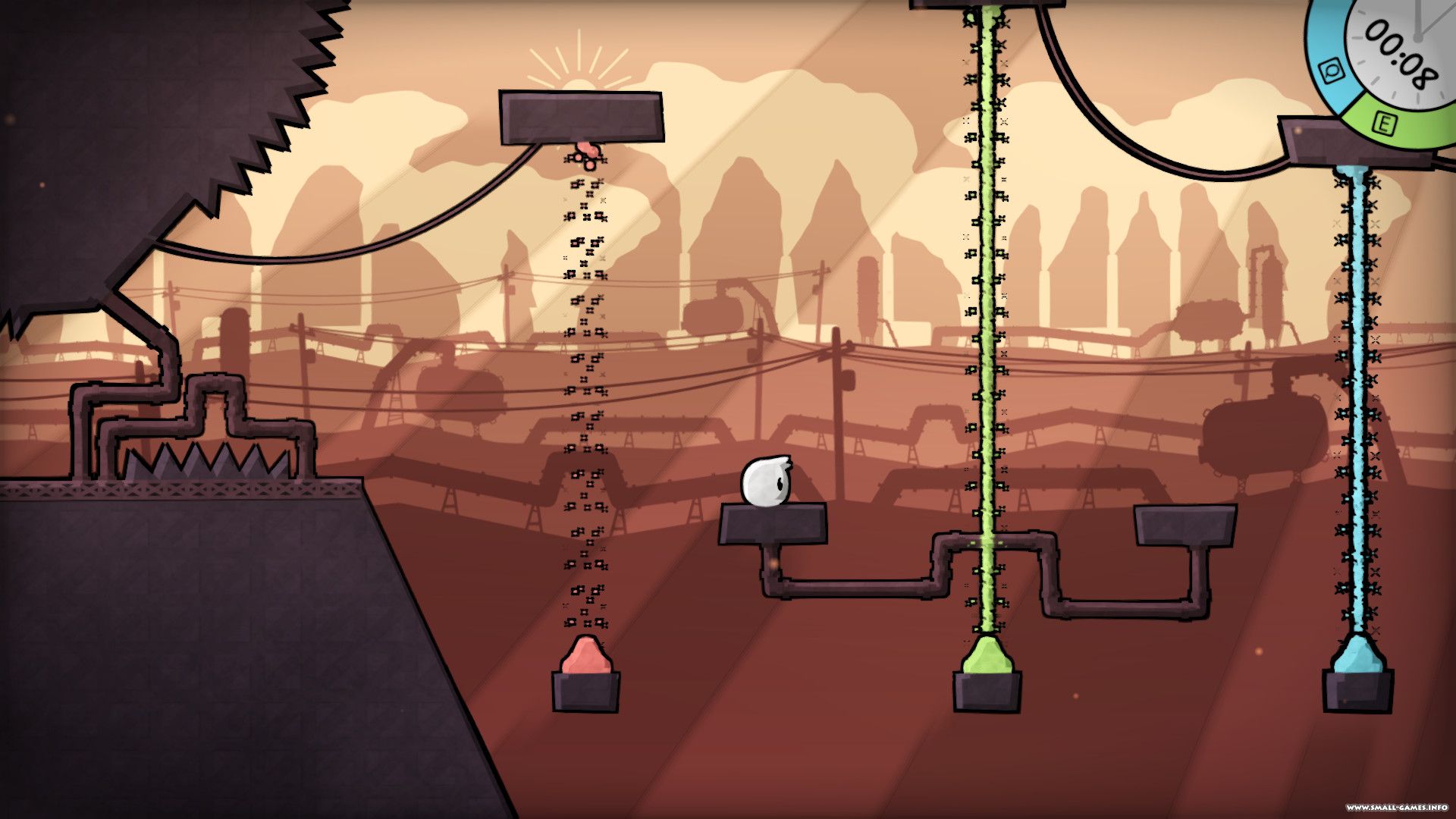
Because the fruit ripens from mid-June to mid-July the rains of this time are called ‘ume no ame’ (‘plum rains’).

The translator’s note for this haiku, written in 1666, is: What the Japanese call ‘ume’ is most often translated as ‘plum’ … but the fruit more closely resembles the apricot. Pissing into a steel trough the muted boom of the bar These haiku seem to me to use sound in interesting and sometimes inventive ways. We are surrounded by sound all our waking (and sleeping) hours, some of it pleasant (birdsong), some of it discordant (emergency sirens).

Haguki kayuku chikubi kamu ko ya hanagumoriįrom Far Beyond the Field: Haiku by Japanese Womenįrom Wishbone Moon (Jacar Press, 2018) Posted in Uncategorized | Tagged Anita Virgil, another trip around the sun haiku anthology, Basho, Doris Lynch, Far Beyond the Field Haiku by Japanese Women, Jane Reichhold, John Barlow, Kusamakura Haiku Contest, Makoto Ueda, Meg Arnot, Montage haiku book, Morika International Haiku Contest, Patricia Prime, Raquel D Bailey, Ruth Yarrow haiku, Stanford M Forrester, Stepping Stones: a way into haiku, Sugita Hisajo, Wishbone Moon haiku anthology | Leave a reply The sound of haiku In her introduction to this section of haiku, Reichhold notes that Basho had become ‘infatuated’ with the young man. The translator’s note to this haiku, written in autumn 1689, is that the poet gave the haiku to Toyo, the son of the innkeeper, as he was leaving the hot springs resort at Yamanaka, near Kanazawa. Given that I’ve been using typewriters and keyboards for more than 40 years, I might be forgiven for falling into non-observance but it’s a timely prod that I could well do to examine this facet of my haiku writing.įrom Montage (The Haiku Foundation, 2010)įrom Another Trip Around the Sun (Brooks Books, 2019)įrom Stepping Stones: a way into haiku (BHS, 2007)įrom Basho: The complete haiku (Kodansha, 2008) As I type this only my face and hands are exposed and I realise that I haven’t for a long time considered how my fingerpads feel the keyboard keys and what messages they’re sending to my brain.
#MOON HAIKI SKIN#
Our skin is our largest organ and is constantly absorbing and classifying contact sensations. But from the moment we’re born our vulnerable skin is wrapped in a textile or fibre, and we do that until we are dressed for the final time and our earthly remains commended to the elements. We’re much more likely to respond strongly to taste or smell. The sensation of touch – whether we’re touching something or someone or we’re being touched – is often an unrecorded sensation. 13, 2019).įrom The Penguin Book of Japanese Verse (1964)
#MOON HAIKI FULL#
Read the full article by Ren Ino this piece is excerpted from ( Journal of Philosophy and Ethics in Health Care and Medicine, No. Racked by pain, anguish, shrieks, morphine, I search for a way out, helplessly craving a little peace on a road that leads to death. In extreme cases, I am relaxed but am tormented by such terrible pain that I’m unable to move my body so much as an inch or even half an inch. Sometimes I have only to stretch my arm a bit to touch the tatami, but at other times I can’t even relax by pushing my legs outside the covers.

And this sickbed six feet long is too big for me. In early May 1902, 4 months before his death, Shiki began writing an essay series, ‘Byosho Rokushaku’ (‘Six-Foot Sickbed’), which was serialised in the newspaper Nippon:Ī six-foot sickbed – this is my world. Haiku poet and editor Masaoka Shiki (1867-1902) lived with the tuberculosis that killed him from about 1888, spending the last 6 years of his life largely bed-ridden.


 0 kommentar(er)
0 kommentar(er)
